×
Categories
Jewels Ballet Tickets
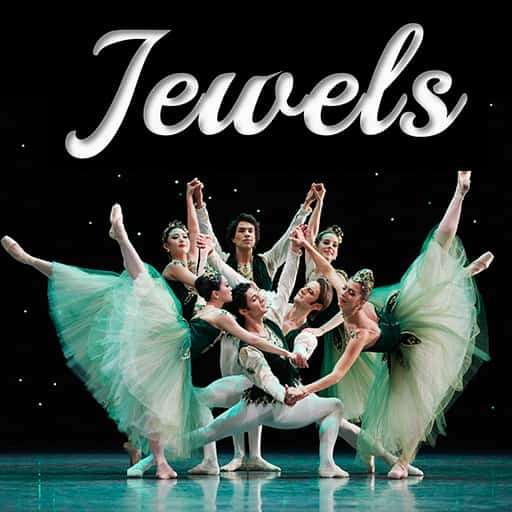
2025/2026 Season
Explore the Jewels schedule this season. Find performances near you. These mesmerizing theater events will leave you breathless and provide great memories for years. Secure your ballet tickets in advance for perfect seats! The next event begins in …
Contents
Schedule & Tickets
Tour Dates & Ticket Prices
Jewels Ballet
Ballet Performances 2025/2026
×
All Ballet Performances
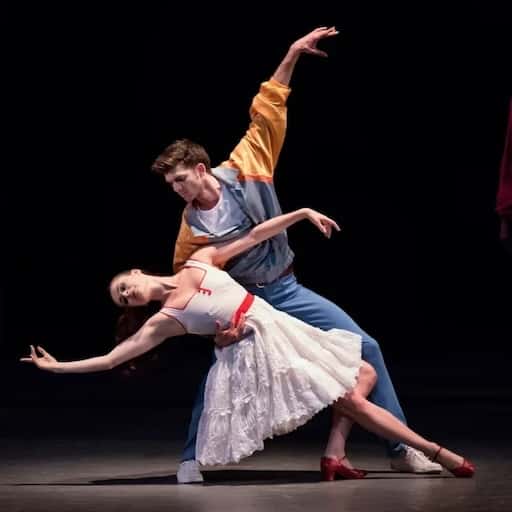
Jabbawockeez
Ballets: 157
Jabbawockeez Theater At The MGM Grand
Jan 2, 2025 5:30 PM 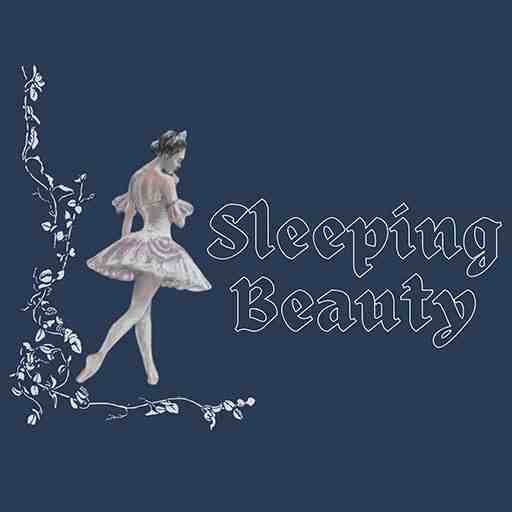
The Sleeping Beauty - Ballet
Ballets: 101
Peabody Auditorium
Jan 2, 2025 7:00 PM 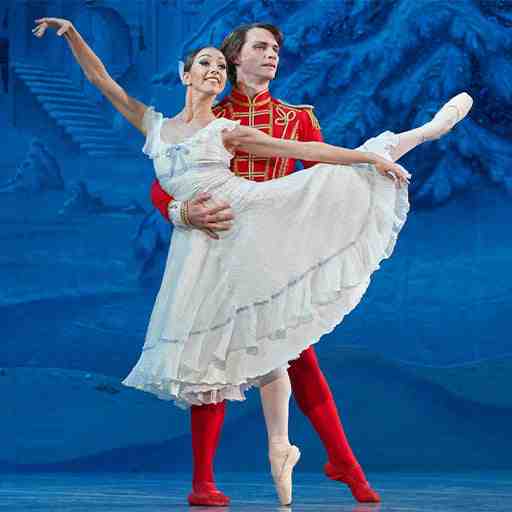
State Ballet Theatre of Ukraine
Ballets: 74
Peabody Auditorium
Jan 2, 2025 7:00 PM 
Radio City Christmas Spectacular
Ballets: 11
Radio City Music Hall
Jan 2, 2025 8:00 PM 
Radio City Rockettes
Ballets: 11
Radio City Music Hall
Jan 2, 2025 8:00 PM 
The Nutcracker
Ballets: 4
Chabot Performing Arts Theater
Jan 3, 2025 7:00 PM 
Grand Kyiv Ballet
Ballets: 28
Chabot Performing Arts Theater
Jan 3, 2025 7:00 PM 
Alvin Ailey American Dance Theater
Ballets: 70
MainStage At New York City Center
Jan 3, 2025 7:30 PM 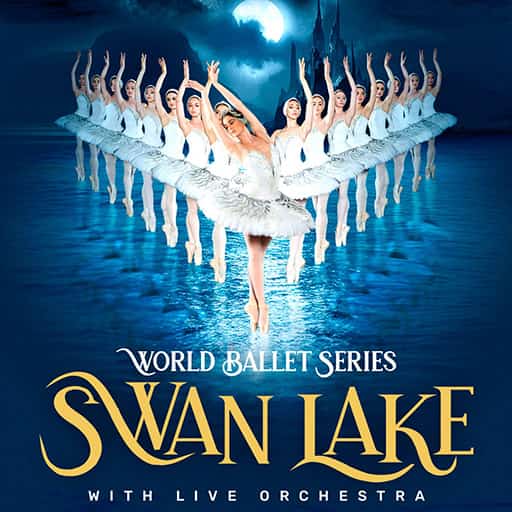
Swan Lake
Ballets: 177
Mahaffey Theater At The Duke Energy Center for the Arts
Jan 3, 2025 7:30 PM 
New York City Ballet
Ballets: 99
David H. Koch Theater
Jan 3, 2025 8:00 PM 
Thick Strip
Ballets: 1
Moroccan Lounge
Jan 4, 2025 6:30 PM 
The Snow Queen
Ballets: 8
Fred Kavli Theatre At Bank Of America Performing Arts Center
Jan 4, 2025 7:00 PM 
Wishes - Dance
Ballets: 1
Saenger Theatre - FL
Jan 4, 2025 7:00 PM 
The House Dance Complex: RESURGENCE
Ballets: 1
Scherr Forum Theatre At Bank of America Performing Arts Center
Jan 4, 2025 7:30 PM 
Tango Apasionado
Ballets: 3
Aventura Arts & Cultural Center - Aventura
Jan 4, 2025 8:00 PM 
Stomp
Ballets: 73
Pikes Peak Center
Jan 6, 2025 7:30 PM 
Peter Pan - Dance
Ballets: 4
Covey Center For The Arts
Jan 10, 2025 4:00 PM 
Fred Astaire Dance Studio: Music Icons
Ballets: 2
Klein Memorial Auditorium
Jan 10, 2025 5:30 PM 
Canyon Concert Ballet
Ballets: 10
Lincoln Center Performance Hall
Jan 10, 2025 7:00 PM 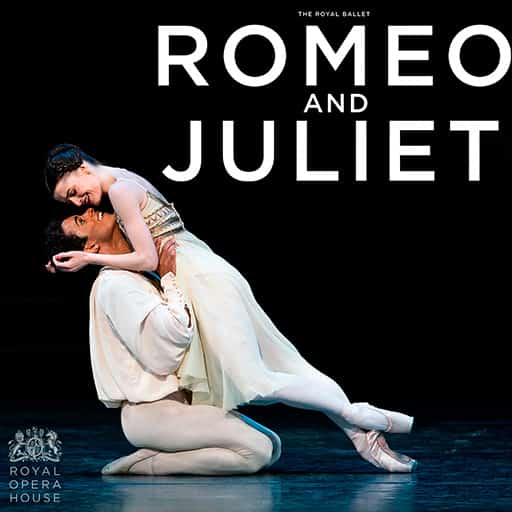
Romeo and Juliet - Ballet
Ballets: 46
Lincoln Center Performance Hall
Jan 10, 2025 7:00 PM 
Mistica
Ballets: 1
Florence Gould Hall
Jan 10, 2025 7:00 PM 
Ballet Nepantla
Ballets: 1
Florence Gould Hall
Jan 10, 2025 7:00 PM 
Dancing With The Local Stars
Ballets: 1
Majestic Theatre - PA
Jan 10, 2025 7:00 PM 
Repertory Dance Theatre
Ballets: 7
Leona Wagner Black Box Theatre At Rose Wagner PAC
Jan 10, 2025 7:30 PM
Show More